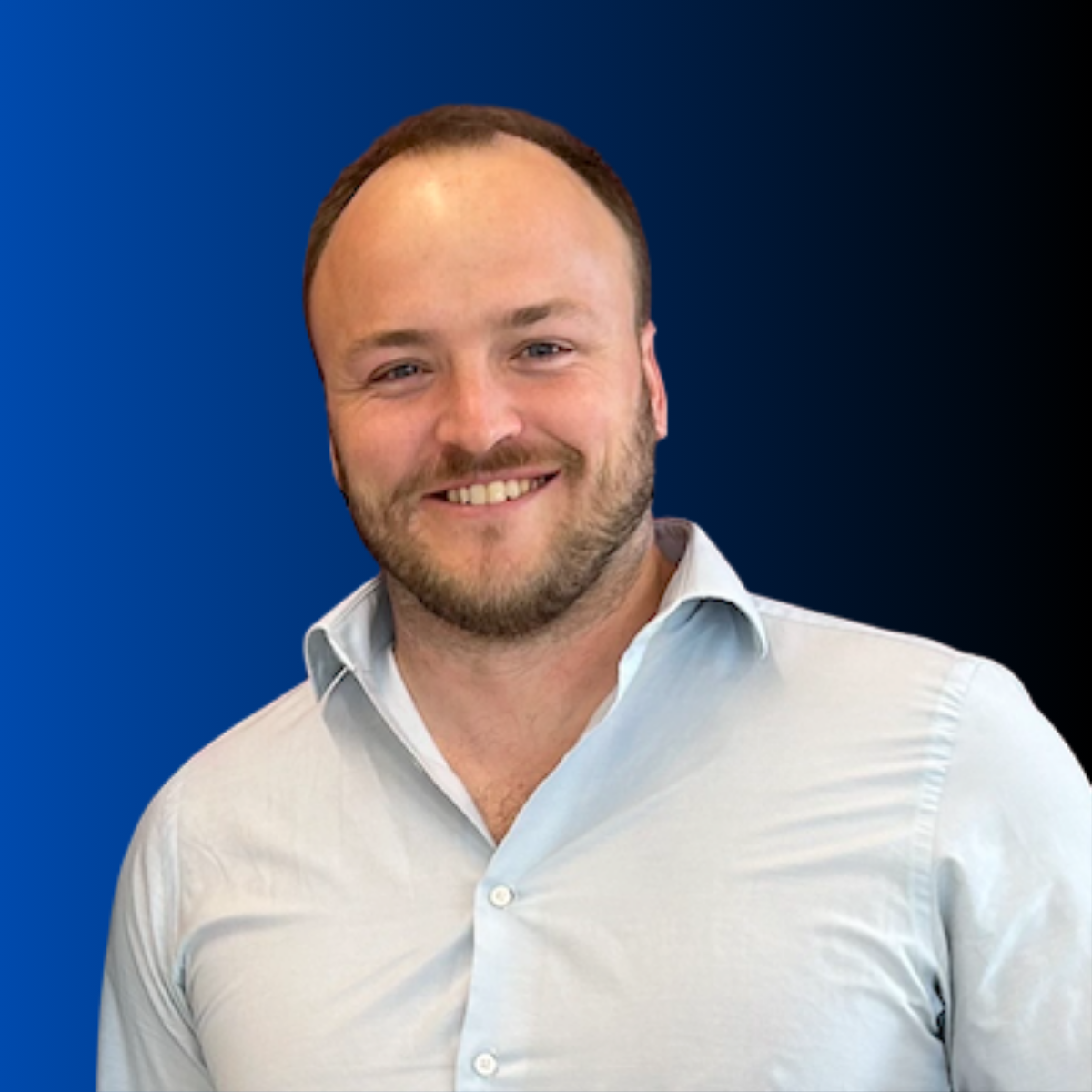We often talk about diagnostics as the gateway to precision medicine. But what happens before and after the test? In a healthcare system made up of multiple initiatives and institutions, working in siloes, even the most advanced insights can fail to reach their potential. Hurdle understands that real impact requires more than just a number-it requires a complete pathway from patient education to risk identification and results-in-context. This is how we make personalised, preventive medicine not just possible, but scalable and meaningful.
What About Pathways?
A care pathway is not just a protocol. It’s a connected, clinically governed journey-from identifying at-risk individuals to testing, interpreting results, and coordinating timely interventions. In theory, these should be seamless with a single entry point and single exit point. In reality, most are stitched together across fragmented services, requiring manual intervention from administrators and clinicians, which leads to errors, delays and inefficiencies; in addition to poorer health outcomes for patients.
Where the System Breaks Down
Terms like remote monitoring, chronic care management, virtual care, virtual wards and digital pathways are used interchangeably across regions and systems. There appears to be a lack of well defined, full-service models, that include the whole pathway from risk identification to active management.
Key gaps persist:
- Remote care models are often fragmented, with manual intervention required to link parts of the pathway and the main patient record, leading to delays and errors.
- Preventive care pathways without thorough analysis and clear health economics provided are often unable to make the case to compete with funding for moreimmediate concerns.
- Diagnostic pathways can be viewed by practitioners and commissioners and work-generating, rather than problem-solving, unless an integrated treatment protocol is included within the pathway.
These shortcomings result in reduced uptake of some potentially impactful initiatives, failing to meet the needs of patients who suffer from reduced access to healthcare; increasing health inequalities.
A Real-World Example: At-Home Cardiovascular Risk Screening
Take cardiovascular disease (CVD)-a leading cause of death in both the US and UK. In traditional systems, screening often relies on in-person visits that many people never make, particularly amongst the most socially deprived groups.
Now, imagine a different approach: individuals who have difficulties with accessing healthcare receiving home-based testing kits, including blood pressure monitors and blood sample collection tools. They input key information online, such as smoking status, BMI, and medical history. A paper version is also provided to ensure those without digital literacy aren’t left behind. This data is analysed using validated risk scoring algorithms, triggering a virtual consult if intervention is needed. Where necessary, prescribing and follow-up care are coordinated-either remotely or through local providers; through well-defined clinical pathways.
This model isn’t theoretical. It has already been clearly designed, ready for implementation, showing how at-home diagnostics combined with digital workflows, and integration into existing services can expand reach, reduce costs, and deliver earlier, more equitable care.
The Role of Diagnostics in Pathways
Diagnostics provide the insight-but only a connected pathway turns that insight into real-world impact. That means ensuring results flow back into health records with agreements with clinical providers triggering prompt clinical decisions according to predefined clinical guidelines.
When diagnostics are embedded within robust, well-defined care journeys, we don’t just detect disease earlier-we intervene to prevent illness.
Hurdle understands that diagnostics alone are not enough. We work with clients to create and manage care pathways that integrate:
- Clinical coordination between diagnostics, care teams, prescribing, and ongoing support.
- Interoperable digital infrastructure that enables remote and in-person care to function as one system.
- Scalable tools for personalized engagement, population-level triage, and automated follow-up.
- Real-world integration with EHRs, labs, medical devices, and more.
- Automated pathways to reduce errors and workload for clinicians and local teams.
The result is a foundation not just for precision diagnostics but for precision delivery.
Editor’s Note: Hurdle’s Founder and CEO, Tom Stubbs, is a scientist and entrepreneur with expertise in epigenetics, molecular & cellular biochemistry, and computational biology.
